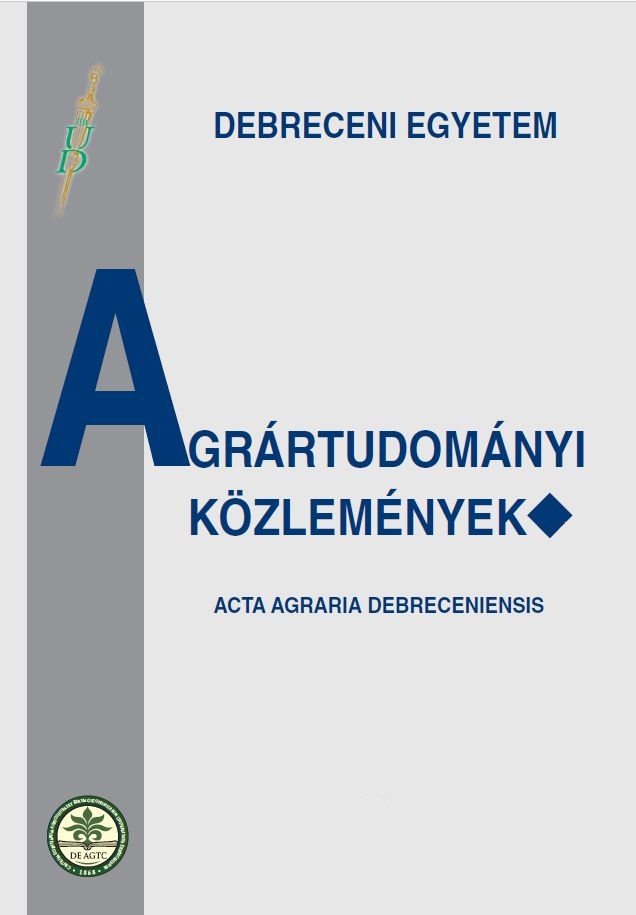Morphological diversity of current melons (Cucumis melo) compared to a medieval type
Authors
View
Keywords
How To Cite
Abstract
Morphological diversity of melon (Cucumis melo); phenotype reconstruction of a medieval sample. Morphological diversity among 47 melon (Cucumis melo) cultivars and landraces from Hungarian germplasm collection (ABI, Tápiószele) were analyzed with an ultimate aim to characterize morphologically cv. Hógolyó, which showed the closest genetic similarity to a medieval melon recovered from the 15th century. Cultivars based on fruit morphology were grouped into the three main types of melon as reticulatus, cantalupensis and inodorus. Cluster analysis (by SPSS-11) based on 23 morphological (quantitative and qualitative) traits recorded revealed an extreme diversity among accessions, nevertheless cultivars were clustered into main melon clusters with only two exceptions of inodorus type cv. Zimovka J. and Afghanistan. Cultivars Sweet ananas and Ezüst ananász; and two Hungarian landraces Kisteleki and Nagycserkeszi showed close similarity. Cultivars Hógolyó and Túrkeve of inodorus type
were also grouped in one cluster, which provide insight into the morphological reconstruction of the medieval melon recovered from the 15th century. These results also indicate that old Hungarian landraces could be re-introduced into breeding programs for broadening genetic base of melon.

 https://doi.org/10.34101/actaagrar/27/3108
https://doi.org/10.34101/actaagrar/27/3108